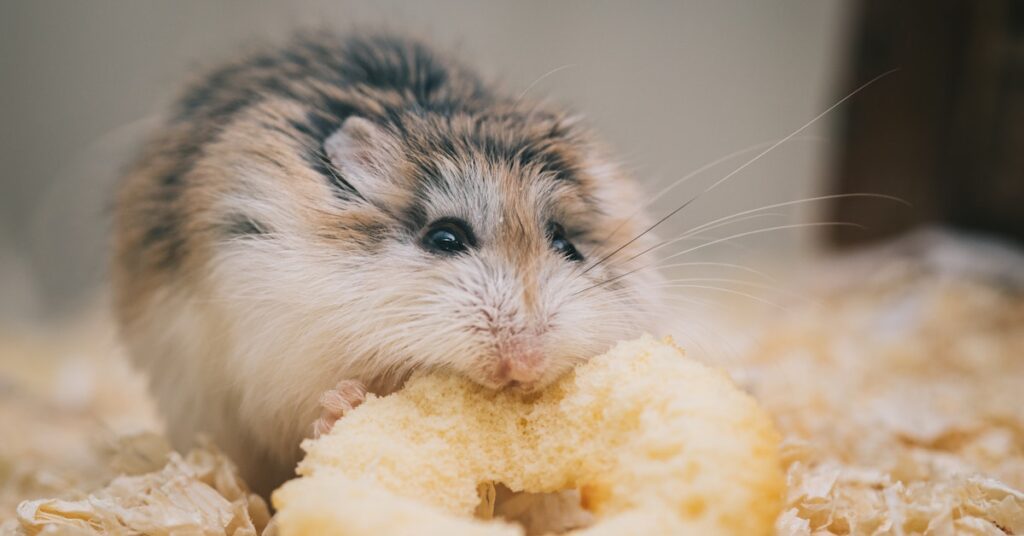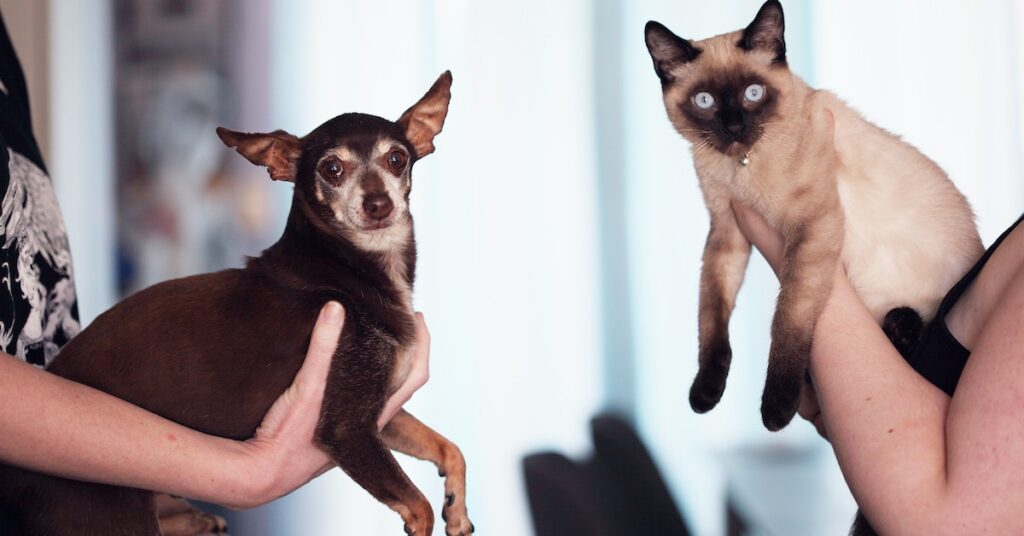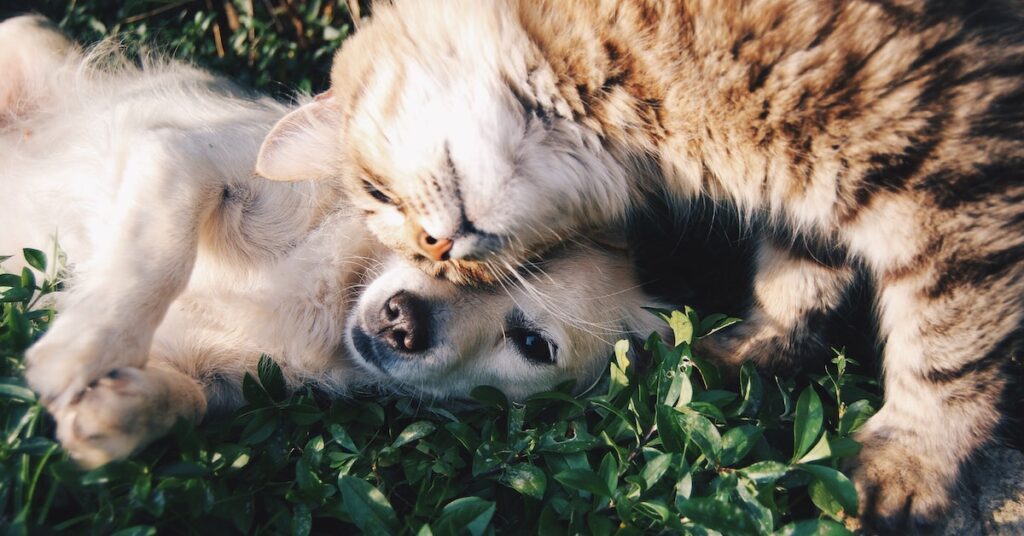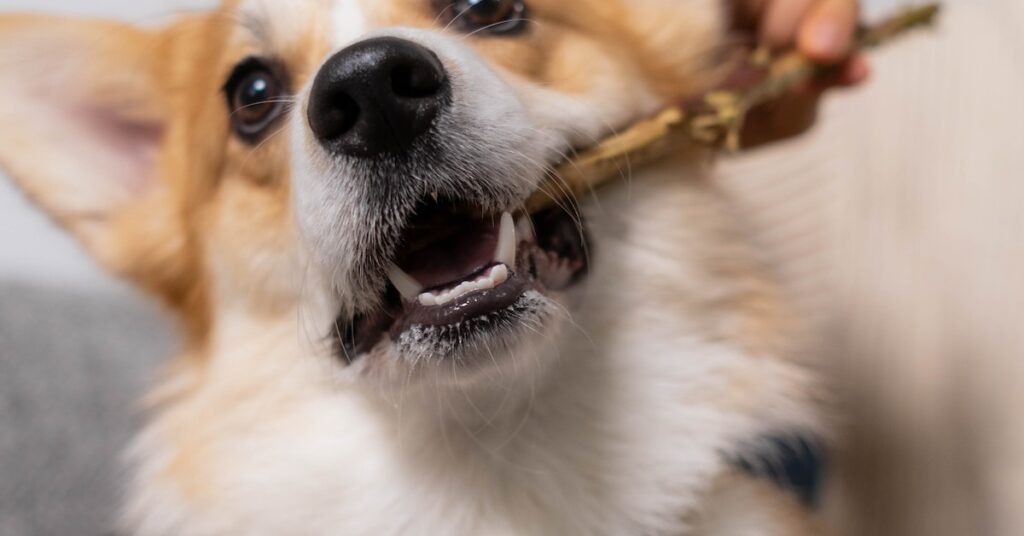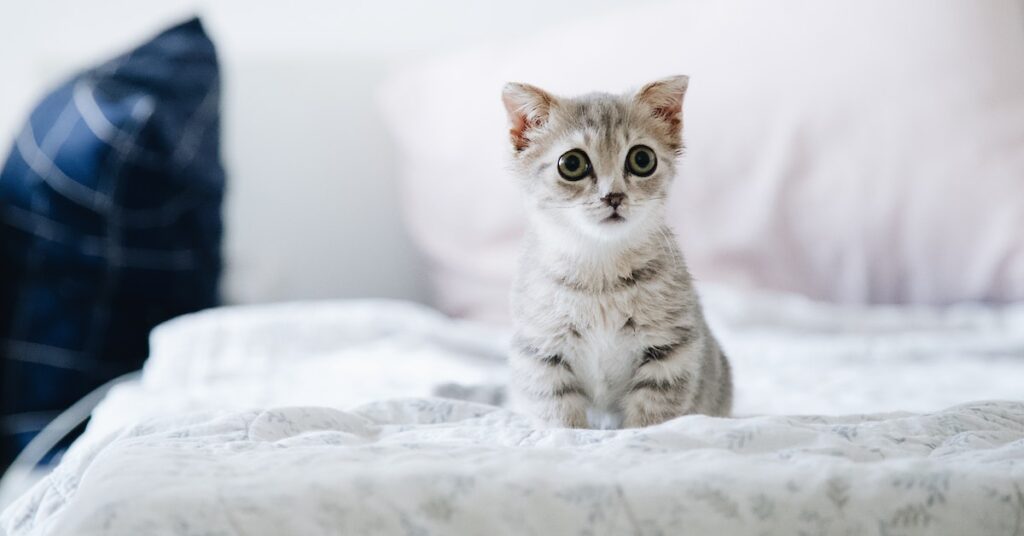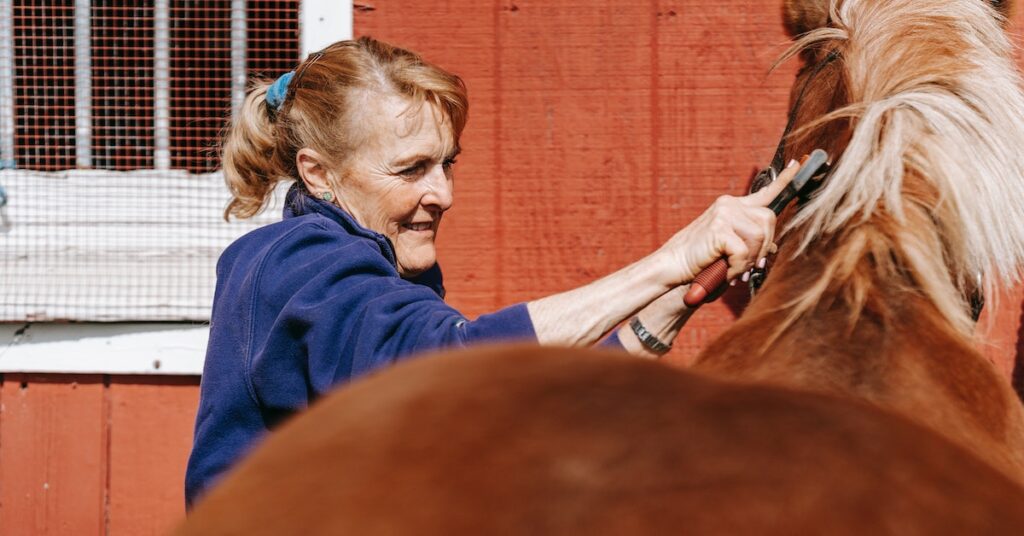Hamsters need a variety of food items to sustain their energy levels. However, they are also prone to weight gain if they consume too many carbohydrates. This is because carbs do not get used up but are instead stored as fat. This can lead to overweight pets. Fortunately, there are ways to make your pet eat more nutritious foods.
Coprophagy
Coprophagy is the process of eating poos. This habit is quite common among rodents and other animals that eat plant-based diets. This habit is particularly important for hamsters because they can obtain essential vitamins and nutrients from the food they eat.
Hamsters have the ability to consume large amounts of food. A single hamster can eat approximately five grams of food every minute. A hamster’s food preference may depend on its age. However, if the hamster is young, it will begin eating solid food at seven to ten days of age.
In some cases, coprophagy is a symptom of other underlying health problems. A diet that is high in fats and carbohydrates can result in coprophagy. In addition, a dog that eats too much fat will have difficulty digesting these foods. The resulting symptoms include diarrhea, increased water consumption, and a bad breath. In addition, coprophagy in dogs may occur as a form of entertainment or for attention.
Caprophagy as a hamstar food habit is a relatively recent phenomenon. Although it is widely observed in rodents, there are still few studies about the dietary requirements of hamsters. One of the challenges of feeding hamsters is the lack of knowledge about mineral requirements.
Insects
Hamsters are omnivores, which means they would normally consume insects as part of their diet in the wild. In fact, live insects can make up to 50% of a hamster’s diet in the wild. However, hamsters can be reluctant to eat insects, so they may prefer meat. Hamsters can also eat carrion, which is also acceptable for them.
Hamsters are members of the subfamily Cricetinae and are found in many habitats in Eurasia. They are found in forests, clay deserts, shrub-covered plains, and cultivated fields. Their evolutionary history can be traced back more than 11.2 million years.
In the wild, hamsters eat insects and mealworms. However, they can also digest more complex meats and can be fed these when kept in captivity. However, it is best to avoid giving your hamster meat or other processed human food. Even though hamsters are omnivores, they shouldn’t be fed chocolate or caffeine. It’s important to offer hamsters a varied diet that includes a variety of vegetables and fruits. In addition, hamsters should also be provided with something to chew on once a week. Unsprayed fruit tree branches are perfect for gnawing.
Hamsters also have different eating habits. Some prefer pellets, while others prefer insects. They are also tolerant of grains, vegetables, and fruit. Hamster food mixes can contain all of these ingredients. A typical mix for Syrian dwarf hamsters contains a variety of vegetables and fruits. While Syrian hamsters can eat a variety of fruits and vegetables, they should not eat fruit as a staple food.
Seeds
One of the most common food habits of hamsters is to eat seeds. However, hamsters should not eat any seed that is intended for human consumption. These seeds can contain chemicals that are harmful for human health. Hamsters can also chomp on dehydrated fruits, which may cause cheek impaction.
Hamsters need at least five different types of starch in their diet. Their food should have a ratio of 60:40 starch to oil. To achieve the right ratio, each ingredient should make up about 10% to 20% of the 300g of dry matter. When it comes to seeds, it is best to add around ten different types and varieties, with an average of two to five percent of each ingredient. Hamsters need a balance of carbohydrates and proteins. In addition, they need at least 10% of fat and protein, as well as a small percentage of fibre.
One of the best ways to make sure your hamster gets enough protein is to give him sunflower seeds. These contain crunchy outer shells, which are great for hamsters to hold and work their teeth. Sunflower seeds are not only delicious for your hamster, but they’re also essential for his teeth health.
While it may be tempting to provide your hamster with pellets, you should supplement these with fresh fruits and seeds. Pellets are the easiest and most nutritious way to feed your hamster, while fresh fruits and seeds can add variety to the diet.
Cooked meats
Hamsters need a high-carbohydrate diet to stay active. If you give your hamster a diet high in carbs, he will have enough energy to play in his cage, run on a hamster wheel, and go through tunnels. He will also benefit from greens, such as lettuce and other fruits and vegetables.
Hamsters are omnivorous by nature. In the wild, they would feed on carrion and insects. About 50% of their diet is made up of live insects. However, they might refuse to eat meat when presented with this option. However, if you can’t find any insects to feed them, you can always give them a portion of meat instead.
Hamsters can eat cooked meats and vegetables, but you should avoid giving them raw meat, which has a high level of bacteria and can lead to diarrhoea. In addition, cooked meats should never be over-fed, as they may cause indigestion. And remember that spicy foods and unripe fruits contain chemicals that can damage your hamster’s red blood cells.
If you want to feed your hamster meat, remember that it should be cooked and processed. Raw meat can induce cannibalism in females, and pregnant hamsters may begin eating their young. Unlike many other animals, hamsters should not be deprived of meat for long periods of time. Cooked meats also make good chewing pieces for hamsters of all ages.
Peanut butter
While peanut butter is a good treat for your hamster, it should be used in moderation. You should give your hamster a pea-size amount at a time and watch for any unusual reactions. If you notice any symptoms, consult your veterinarian and remove peanut butter from your hamster’s diet.
Peanut butter contains healthy fats and proteins, as well as vitamins and minerals. However, it is important to note that your hamster should not eat too much of this food, as it can lead to choking and obesity. Moreover, peanut butter can also contain aflatoxins, which can be toxic for hamsters.
Peanut butter can be a good treat for hamsters, but only if they’re used to eating it. It should be served once every two weeks or less, depending on the size of the hamster. For example, Syrian hamsters can eat peanut butter once a week, while Robo hamsters should be fed a small amount of it only once a week.
Peanut butter is made by processing peanuts and adding oil to create a creamier texture. Smooth, creamy peanut butter is better for your hamster, as it’s less likely to cause choking. However, you should keep in mind that if you’re giving your hamster peanut butter, it’s imperative that you keep it in a glass jar.
